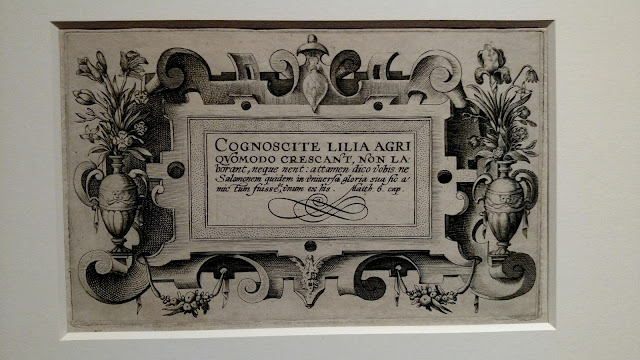The term "Oculus" simply means eye in Latin and refers to round or oval shaped windows that appear as early as the Roman Empire. Most often ocula were ceiling windows, or God's eye seeing into the church watching over everyone, or typically over a mausoleum, although they could technically be any rounded window.
While there is so much in St. Peter's that could be considered the piece of crowning glory, the famed Holy Spirit Window over the main altar in the apse is most definitely the one.
The window itself is constructed of 12 sections representing the 12 apostles, of sliced and pieced alabaster, a translucent stone, through which the sun illuminates the dove, or Holy Spirit, in the window's center panel. When we were in the basilica mid afternoon, the sun shone through the stone oculus and cast a warm glow over the altar.
The gold bars burst forth from the Holy Spirit, surrounded by angels, directly above the altar and bronze chair which is the unmistakable work of Gian Lorenzo Bernini, 1598-1659, and is said to contain pieces of the original oak chair St. Peter sat in to preach the gospel. There are three medallions in which these three scenes are depicted: the transfer of the keys to Peter, the crucifixion of Peter and the beheading of Paul.
The altar is a deep, blood red jasper stone quarried from Sicily. The base of the altar is black and white marble from Aquitaine, flanked by four very large gilded bronze figures (5 meters). The two outside figures are St. Ambrose and St. Augustine of the Latin church. The two inner bare headed figures are from the Greek church. The chair appears to float over these figures, symbolizing that the gospel is not wholy supported by man, but emanates from the Word.
There is a circular inset of the same red jasper stone on which Charlemagne was crowned Holy Roman Emperor that was part of the original church. Anyone treading upon that disk would have been executed. This piece was removed and replaced near the front doors in the 16th century basilica.
I was the last person allowed to photograph the altar as they were preparing for mass.

















































